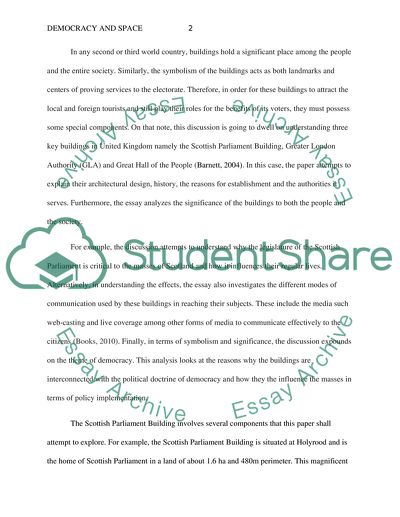Cite this document
(Democracy and Space in The Architecture of UK Essay, n.d.)
Democracy and Space in The Architecture of UK Essay. Retrieved from https://studentshare.org/architecture/1763602-democracy-and-space
Democracy and Space in The Architecture of UK Essay. Retrieved from https://studentshare.org/architecture/1763602-democracy-and-space
(Democracy and Space in The Architecture of UK Essay)
Democracy and Space in The Architecture of UK Essay. https://studentshare.org/architecture/1763602-democracy-and-space.
Democracy and Space in The Architecture of UK Essay. https://studentshare.org/architecture/1763602-democracy-and-space.
“Democracy and Space in The Architecture of UK Essay”, n.d. https://studentshare.org/architecture/1763602-democracy-and-space.


